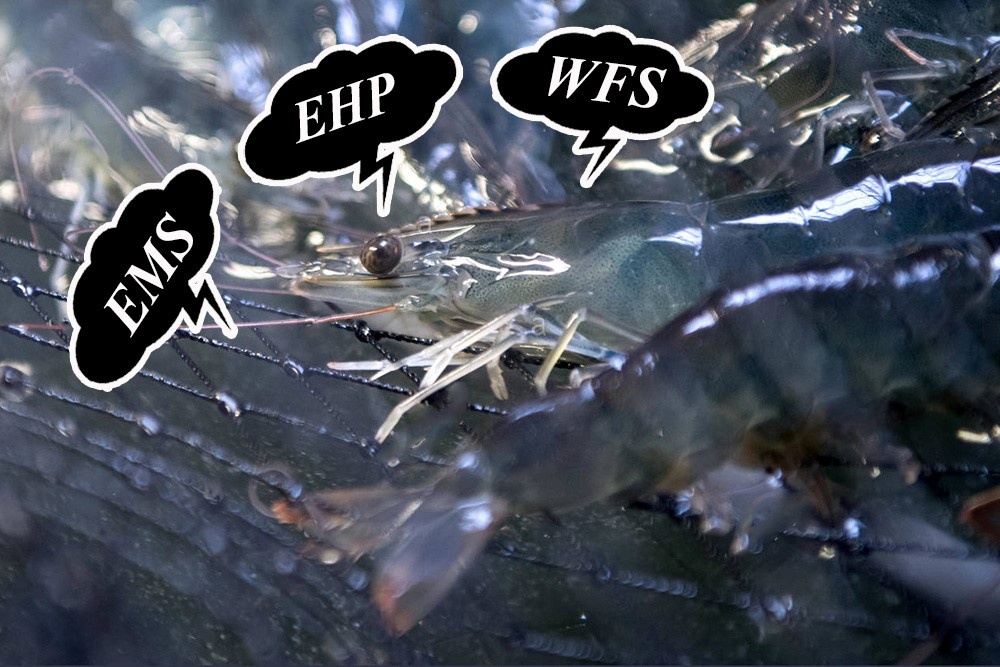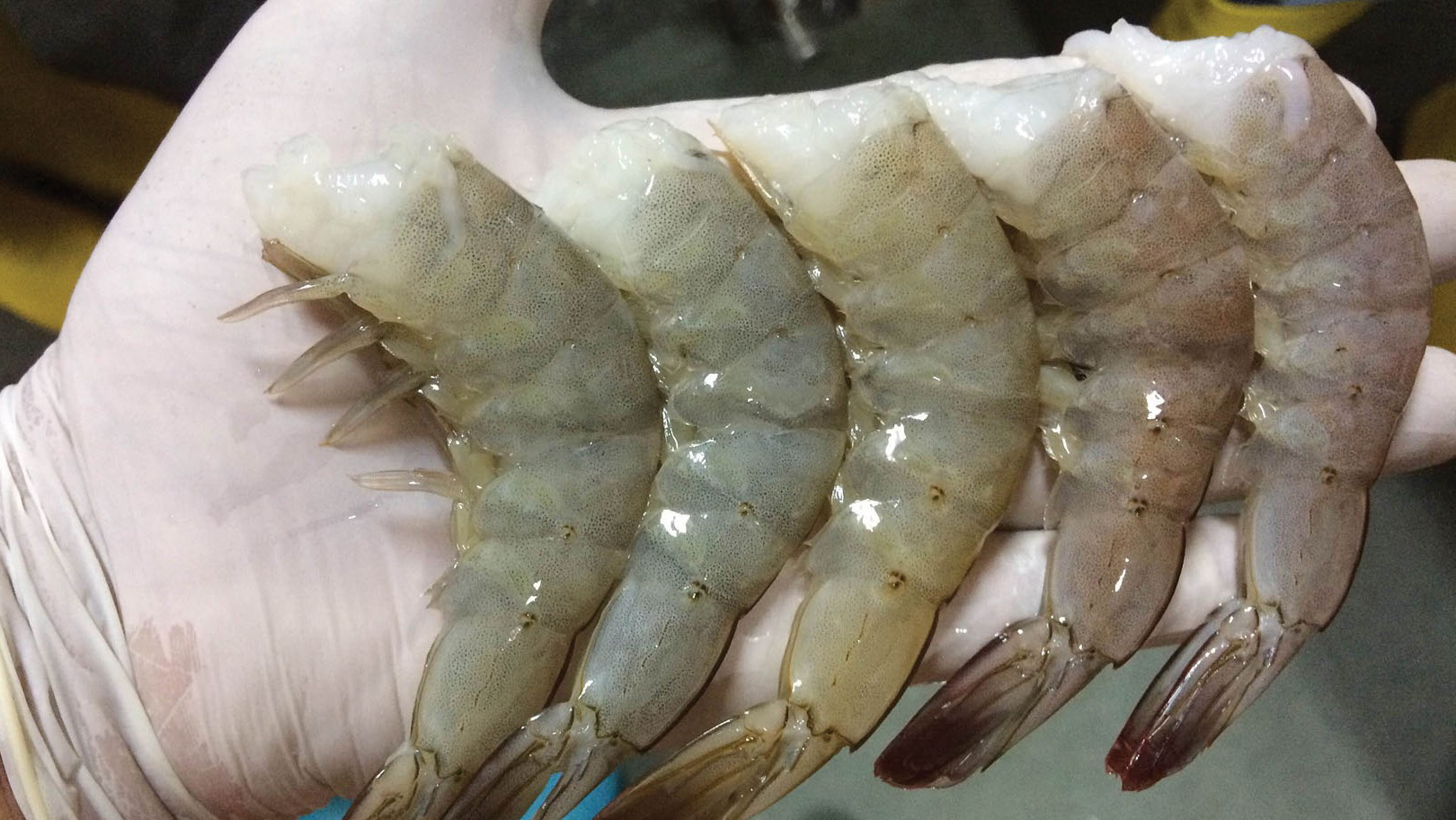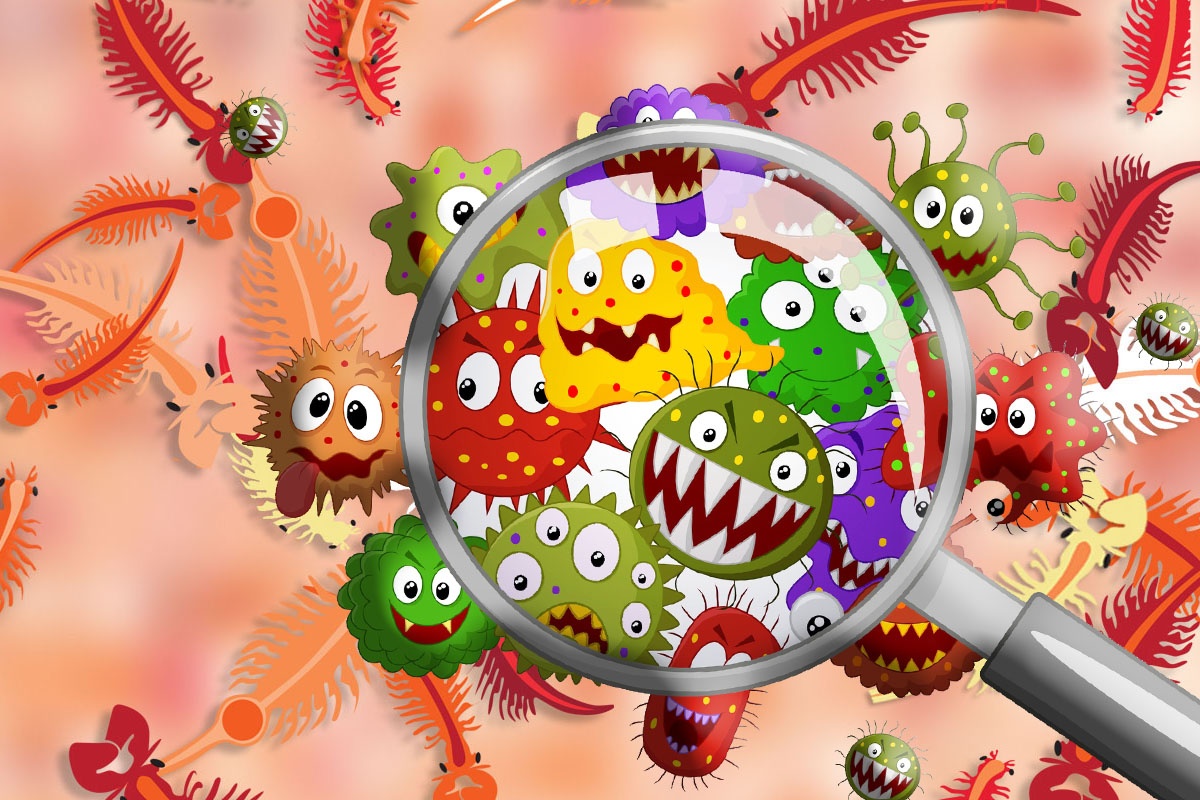Technical Information
β-glucan Enhances Resistance In Aquatic Animals
Dr. Huynh Truong Giang – Faculty of Fisheries – Can Tho University
What is β-Glucan?
β-glucan is a polysaccharide composed of monosaccharides. Depending on the linkage of monosaccharides in the chain, compounds with different names are formed such as: agar (β-1,3-1,4-glucan), fucoidan (β-1,3-glucan), laminarin (β-1,3-1,6-glucan), alginate (β-1,4 glucan), zymosan (β-1,3-glucan), chrysolaminarin (β-1,3-1.6-glucan) , carrageenan (β-1,3-1,4-glucan)…Agar. Carrageenan is mainly extracted from seaweeds belonging to the phylum Rhodophyta; while fucoidan, laminarin, alginate are abundant in species of brown algae (Phaeophyta); Chrysolaminarin is extracted from microalgae and zymosan is currently extracted mainly from yeast Saccharomyces cerevisiae.

Extracted sources of β-glucan In nature, forms of β-glucan are also found in the cell walls of fungi, bacteria, oats, and cereals… Between different forms of β-glucan, the nature is also different. Fucoidan contains the sugar molecule fucose, commonly known as sufate fucan. Laminarin, chrysolaminarin is composed mainly of glucose. Alginate contains the sugars mannose and gulose. Meanwhile, carrageenan contains sugar in the form of galactose and is also divided into many forms such as Kappa (k), Lambda (λ), Iota (i). β-glucan is a very broad concept, depending on the binding position between the monosaccharides as well as the ratio that forms different compounds. Therefore, the structure as well as the biochemical properties have not been fully studied at present.
Chemical structures of some forms of β-glucan
Biological activity?
β-glucan compounds are widely used in medicine to treat diseases caused by bacteria, fungi, protozoa, viruses and even cancer, there have been more than 6,000 studies on it. The cell walls of some marine algae contain compounds called fucoidan that have a special function in ion regulation, which cannot be found in terrestrial plants. Furthermore, these compounds are used as antioxidants, anticoagulants, anticancer, anti-inflammatory, immune system stimulants, etc.
Currently, β-glucan compounds are used in aquaculture as an immunostimulant (immunostimulant) for farmed fish and shrimp. β-glucan has the effect of enhancing resistance, against diseases caused by groups of pathogenic bacteria, even blocking the impact of white spot virus (WSSV) on shrimp. So how does β-glucan stimulate the immune system?
Mechanism of immune stimulation:

In fish: β-glucan only stimulates the nonspecific immunity of fish. Humoral immunity and cellular immunity are two important processes of fish nonspecific immunity. For humoral immunity, β-glucan enhances complement, interferon (IFN) and lysozyme enzyme activity. Complement is a protein system in the plasma that has the role of destroying pathogens when invading the body of fish. Interferons are glycoproteins produced by white blood cells (T-lymphocytes) to fight viruses from replicating and infecting new cells. Lysozyme is a protein that hydrolyzes the cell membranes of bacteria, especially some gram (+) bacteria. For cellular immunity, β-glucan plays a role in stimulating phagocytosis of microphages and macrophages. During this process, oxygen is used to convert into strong oxidizing anions such as superoxide (O2-) and nitrogen oxide (NO) that can kill bacteria and viruses. This process also increases superoxide dismutase (SOD) and glutathione peroxidase (GPx) activities to reduce the harmful effects of strong oxidizing anions on fish cells.
In shrimp: Shrimp do not have specific immunity, the immune process is mainly based on non-specific immunity. Like the non-specific immune system of fish, the immunity of shrimp is divided into two types of immunity: cellular immunity and humoral immunity. In humoral immunity, β-glucan stimulates the production of antimicrobial peptides (AMPs) such as crustin, ALF (antilipopolysaccharide factors), penaeidins, lectins, and lysozyme. For cellular immunity, β-glucan stimulates melanization (melanization) and phagocytosis (phagocytosis). Granular leucocytes (granular leucocytes) produce melanin, which covers and destroys bacterial cells, and then releases it out of the cuticle. During phagocytosis, atomic oxygen radicals (O2-), hydroxyl radicals (OH), and hydrogen peroxide (H2O2) are also produced, which are strong oxidants that kill bacteria. β-glucan also enhances SOD and GPx enzyme activities similar to those found in fish.

Using:
Currently, β-glucan is widely used in fish. In shrimp, β-glucan extracts are being studied further.
Fish:
Injection: at an injection dose of 20–30 mg/kg fish, there is an effect of increasing resistance after 24 hours of injection.
Feeding: this is a commonly used method in commercial fish farming due to its high feasibility. β-glucan mixed with a dosage of 1.0–2.0 g/kg feed has the effect of increasing resistance after 6 days of feeding. Fingerlings can supplement 2-3 times as much as meat fish.
Shrimp:
Soaking: shrimp is soaked in a medium with a dose of β-glucan 300–500 mg/L, which has the effect of enhancing resistance after 2-5 hours of soaking.
Injection: at a dose of 10–20 µg/g shrimp has a stimulating effect on the immune system after 48 hours.
Feeding: 0.5–2.0 g/kg of feed has the effect of increasing resistance after 7 days of feeding.





